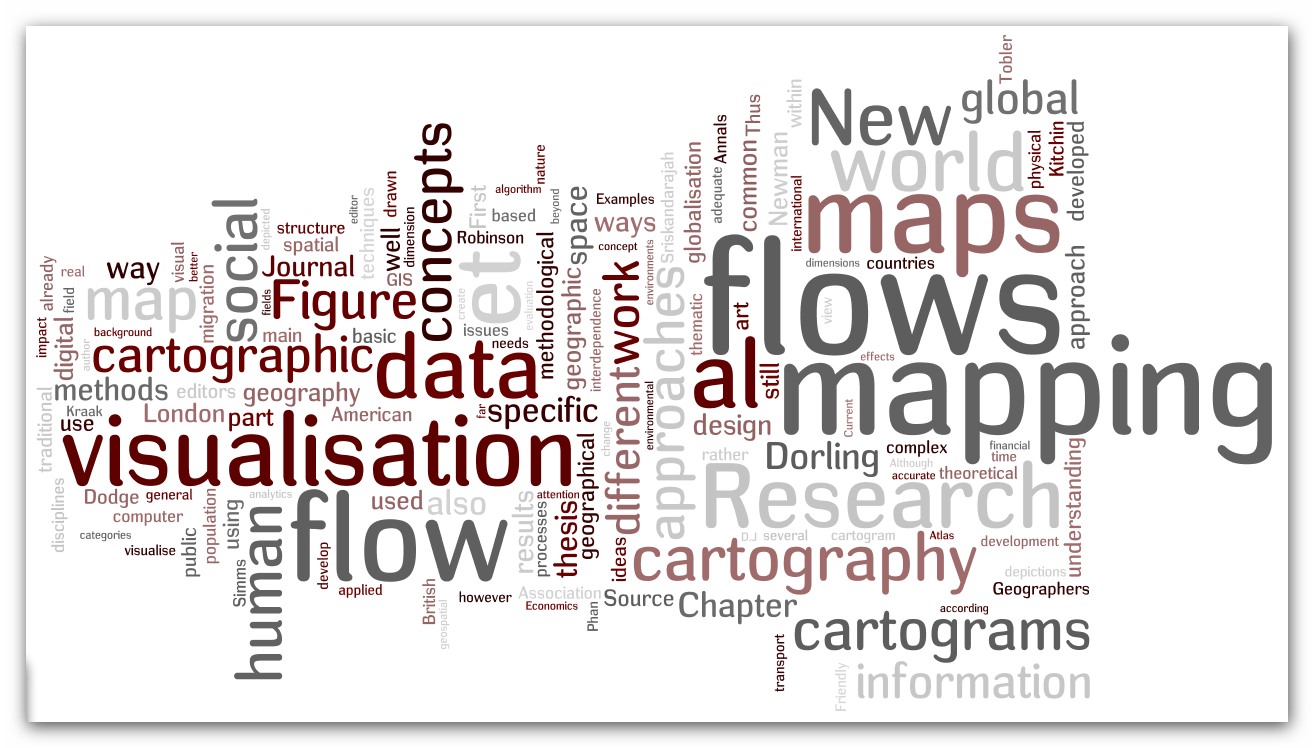Here is some material from a presentation at this year’s AAG Annual Conference in Washington DC. The presentation People powered maps: A population-centric map projection was given in the session on Topics in GIS, Remote Sensing, and Spatial Analysis and showed some new works on our grid-based cartograms (as presented at GISRUK 2009 and ESRI UC 2009).
The following animation shows the transformation of a topographic map of the United States, ending in a grid-based population cartogram (and then reversing). Please notice that loading the animation takes a while on slower internet connections:
This is the full presentation given at the AAG Meeting. Please note that the animated parts such as the above animation are not shown in this Slideshare version:
The content on this page has been created by Benjamin Hennig. Please contact me for further details on the terms of use.


 This is some material from my first year of PhD-research in the Worldmapper project (funded by the Leverhulme Trust):
This is some material from my first year of PhD-research in the Worldmapper project (funded by the Leverhulme Trust):
